5 Truths Exposed by Kavanaugh’s Rise to the Supreme Court
The Senate has given a lifetime appointment to an ideologue and alleged sexual abuser, completing the right's judicial counterrevolution.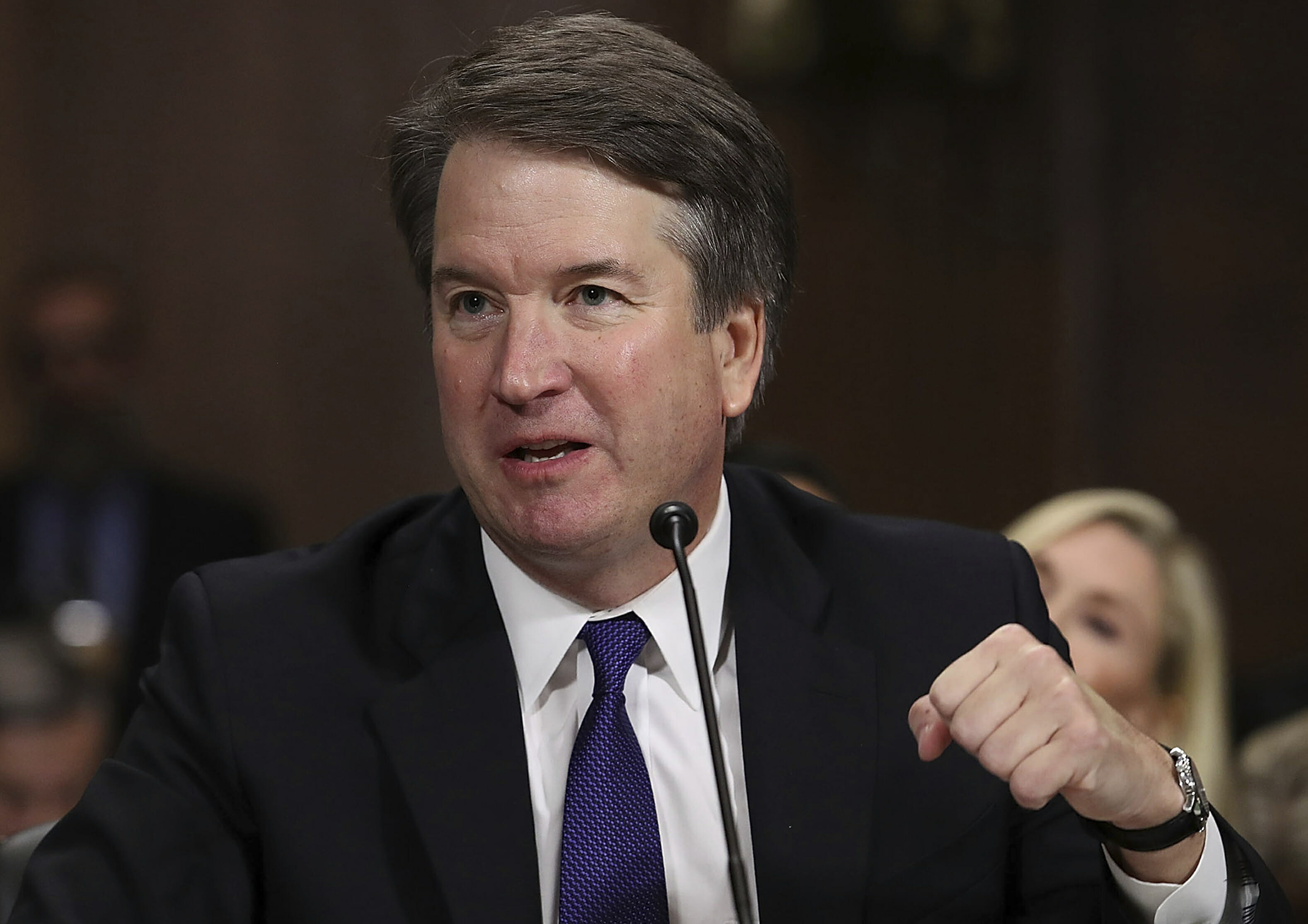 Supreme Court nominee Brett Kavanaugh testifies before the Senate Judiciary Committee. (Win McNamee / AP)
Supreme Court nominee Brett Kavanaugh testifies before the Senate Judiciary Committee. (Win McNamee / AP)
The ballots have been cast and the verdict is in: By a vote of 50-48, the Senate on Saturday confirmed Brett Kavanaugh as the 114th justice of the United States Supreme Court.
Here are five key takeaways from the confirmation battle:
- Kavanaugh’s confirmation proves once again that the courts, especially the Supreme Court, are political.
One of the dominant myths of our political culture holds that the courts are nonpartisan. As Chief Justice John Roberts declared by way of an analogy to the role of baseball umpires in his 2005 confirmation hearing, the “job” of judges “is to call balls and strikes and not to pitch or bat.”
Cute, but not so.
The myth of judicial impartiality dates back to the earliest days of the republic, more than two centuries before Roberts was elevated to the court. Writing in 1788 on the “Judiciary Department” during the debates on the ratification of the Constitution, Alexander Hamilton described the proposed judicial branch of government in Federalist Paper No. 78 thusly:
Whoever attentively considers the different departments of power must perceive, that, in a government in which they are separated from each other, the judiciary, from the nature of its functions, will always be the least dangerous to the political rights of the Constitution; because it will be least in a capacity to annoy or injure them.
The judiciary … has no influence over either the sword or the purse; no direction either of the strength or of the wealth of the society; and can take no active resolution whatever. It may truly be said to have neither FORCE nor WILL, but merely judgment…
Hamilton went on in No. 78 to advocate for lifetime judicial tenure so as to ensure the “independence of the judges,” which he reasoned “is requisite to guard the Constitution and the rights of individuals.”
These are fine words, penned by one of the most gifted of the Founding Fathers. Believing in them is essential to accepting the court’s legitimacy.
Sadly, in practice, the country has only occasionally lived up to Hamilton’s lofty ideals. Armed with the power of judicial review—the authority to declare acts of the executive, Congress and the states unconstitutional (or conversely, to uphold them), established by Marbury v. Madison in 1803—the Supreme Court has assumed enormous political power.
According to a joint analysis prepared by the Congressional Research Service and the Library of Congress, the high court had declared 182 acts of Congress and 1094 state statutes and ordinances unconstitutional as of Aug. 26, 2017. In addition, the court had overruled, in whole or in part, 236 of its prior decisions. The analysis did not include an aggregate tally of the number of presidential executive orders the court had nixed.
In and of itself, power is neither good nor evil. The issue, always, is how power is wielded.
In its finest moments, the court has exercised the power of judicial review on behalf of minorities, the weak and the disenfranchised. In its Brown v. Board of Education ruling in 1954, for example, the court repudiated the doctrine of “separate but equal” in public schools. In 1973, it recognized the right of women to have abortions in Roe v. Wade. In 2015, in Obergefell v. Hodges, it invalidated state prohibitions on same-sex marriage.
More commonly, however, the court has wielded its power to further the aims and interests of dominant elites. To cite just five examples from the distant and recent past: In 1857’s Dred Scott v. Sandford, the court nullified the Missouri Compromise of 1820, holding that African-Americans could never become U.S. citizens. In 1894, in Plessy v. Ferguson, it upheld the “separate but equal” doctrine ultimately overturned in Brown. In 2010, in Citizens United v. Federal Election Commission, the court opened the floodgates to unlimited campaign spending. Five years ago, it gutted the Voting Rights Act in Shelby County v. Holder. And earlier this year, it upheld the president’s Muslim travel ban in Trump v. Hawaii.
It’s small wonder, then, that presidents in every era have attempted to stack the bench with justices who share their ideological biases. Kavanaugh’s nomination is by no means the first to expose the ugly partisan underbelly of the process.
We’ve been here before, and not long ago. In 1969 and 1970, respectively, the Senate rejected Nixon nominees Clement Haynsworth and G. Harold Carswell because of their regressive views on segregation and civil rights. In 1987, the Senate turned aside Robert Bork, one of the chief architects of the legal theory of “originalism,” who in 1973 as solicitor general fired special Watergate prosecutor Archibald Cox in the infamous “Saturday Night Massacre.” In 1991, the Senate barely confirmed Clarence Thomas in the face of sexual harassment allegations brought by law professor Anita Hill and several other women.
In Kavanaugh, President Donald Trump selected a longtime GOP operative, who had worked as Whitewater independent counsel Ken Starr’s right-hand assistant, helping to draft the 1998 report to Congress that led to the impeachment of President Clinton. Following his stint with Starr, he joined George W. Bush’s White House, eventually becoming the president’s staff secretary. Since his elevation to the Court of Appeals in 2006, he has amassed a record that shows extreme hostility to the rights of consumers, voters, women, the LGBTQ community, workers and immigrants.
Even more attractive to Trump are Kavanaugh’s expansive views on presidential prerogatives and powers. In a 2009 article for the Minnesota Law Review, in an apparent about-face from his service on Starr’s legal team, Kavanaugh argued that sitting presidents should be immune from both civil suits and criminal prosecutions. Who better than Kavanaugh to protect Trump against special counsel Robert Mueller should proceedings involving the Russia investigation reach the Supreme Court?
Any pretense that Kavanaugh would bring the kind of independence and measured demeanor to the high court envisioned by Hamilton was laid to rest on Sept. 27, when he appeared before the judiciary committee to rebut the allegations of attempted rape lodged by Dr. Christine Blasey Ford. Red-faced, lips curled into an angry snarl, he barked out an unhinged conspiracy theory worthy of Alex Jones or Rush Limbaugh:
“This whole two-week effort has been a calculated and orchestrated political hit, fueled with apparent pent-up anger about President Trump and the 2016 election, fear that has been unfairly stoked about my judicial record, revenge on behalf of the Clintons, and millions of dollars in money from outside left-wing opposition groups.”
The remarks prompted The New York Times to publish an open letter signed by over 2,400 law professors, announcing their opposition to Kavanaugh. “Judge Brett Kavanaugh,” the letter asserted, “displayed a lack of judicial temperament that would be disqualifying for any court, and certainly for elevation to the highest court of this land.”
The Republican-controlled Senate, willing to consolidate political power at all cost, disregarded the letter.
- Kavanaugh’s confirmation signals the triumph of a judicial counterrevolution.
Kavanaugh’s confirmation represents the culmination of a multi-decade effort by the most revanchist sectors of the right to seize control of the justice system and neutralize the use of law as an instrument of progressive social and economic reform.
Beginning in the early 1970s in reaction to the liberal—and historically atypical—work of the Supreme Court under the leadership of Chief Justice Earl Warren, the right has organized to place conservative ideologues on both the bench and in influential teaching positions in America’s elite law schools.
Within the counterrevolution, no group has been more influential than the Federalist Society. From its founding in 1981 by three law students at Yale and the University of Chicago, the society has grown to include more than 200 chapters at law schools across the United States, with a total student membership of more than 10,000. From its base in Washington, D.C., today, the society also operates a “lawyers division” with more than 60,000 attorneys in chapters and “practice groups” in 80 cities.
Kavanaugh’s ascension was engineered in large part by the society’s executive vice president, Leonard Leo, who took a leave of absence from his post to serve as an outside adviser to Trump on judicial nominations. With Kavanaugh now on board, the Supreme Court includes five former or current Federalist Society members. The others are Roberts, Samuel Alito, Neil Gorsuch and Thomas.
Ideologically, the Federalist Society embraces a spectrum of economic, social and Christian conservatives as well as right-wing libertarians. While the various constituencies may differ on a few issues like gay marriage, they are united by an overriding belief in originalism as the only bona fide method of constitutional interpretation, and an unwavering endorsement of deregulatory “free-market” principles that harken back to the jurisprudence of the Gilded Age. Both beliefs are routinely deployed to yield result-oriented, business-friendly outcomes.
With Kavanaugh giving the right a solid five-vote majority, and the conservative Roberts thrust into the role of the “median, swing” justice, a host of liberal precedents will be in grave jeopardy. Roe v. Wade will likely be overruled; affirmative action will stop; environmental protections will be dismantled; wage and hour laws will be diminished; voter suppression techniques will be approved at an accelerating clip; while gun rights will be expanded.
Not even Social Security and Medicare will be safe. On the fringes of the counterrevolution today, right-wing scholars are reviving long-dormant attacks on both programs, contending that each is unconstitutional from an originalist perspective.
If the rise of the right in Trump’s America has established anything, it is that constitutional norms are fragile. Today’s political fringe is tomorrow’s ruling bloc.
- For the time being, white male privilege has trumped the rights of women.
When I last considered Kavanaugh in this column, well before Dr. Ford had come forward, I wrote that it would take “a miracle bordering on the Immaculate Conception” to derail the nomination.
The #MeToo and Time’s Up movements nearly proved me wrong. For a brief few days, while the FBI conducted what has now been exposed as a woefully incomplete investigation of Ford’s allegations and those of Deborah Ramirez, one of Kavanaugh’s Yale undergraduate classmates, it seemed that Kavanaugh might be stopped.
The very fact that the nomination was ever thrown into doubt is a testament to the growing power of women. Eventually, that power will prevail, and we will have no more Kavanaughs or Thomases on the court, or in any other prominent position of government.
This time, however, the power of hypermasculinity and white privilege won out, in keeping with the president’s omnipresent neofascist slogan—“Make America Great Again”—and the false promise it offers to return the country to a fictional past, when successful white Christian men held all posts of authority, and women and racial minorities happily accepted their second-class citizenship.
As Guardian columnist Suzanne Moore summed up the unfolding nightmare the day before the final confirmation vote:
If #MeToo and Time’s Up have been about women as survivors of everyday sexual abuse finding a collective voice, what this circus has been about is the pretense that this voice matters. This is not about whether women tell the truth, but whether that truth actually changes anything. Ford stood there shouldering the burden of having to represent every woman who has been violated. No one can do that and as we now know her testimony was not good enough.
What was preferred was the ruddy-face ranting of an entitled man who became aggressive when he felt his privilege under question. No wonder that Trump saw something of himself in this performance, something that he wanted on his side.”
Trump and his enablers will eventually pay a heavy price for placing Kavanaugh on the court and, more generally, demeaning women and scapegoating minorities. The only question is when.
- Elections matter.
In an unusual display of honesty following Saturday’s Senate vote, White House press secretary Sarah Huckabee Sanders tweeted:
“Congratulations Judge Kavanaugh! Instead of a 6-3 liberal Supreme Court under Hillary Clinton, we now have a 5-4 conservative Supreme Court under President @realDonaldTrump, cementing a tremendous legacy for the President and a better future for America.”
The right understands the critical importance of the courts. The left doesn’t. That will have to change if the conservative counterrevolution is ever to be defeated.
- If the Democrats take back the House, Kavanaugh will face further investigations and possible impeachment.
It is by no means certain that the Democrats will retake the House of Representatives in November’s midterm elections. But if they do, it’s virtually assured that they will investigate Kavanaugh for lying during his confirmation hearing, not only about his history of sexual misconduct and abuse of alcohol, but also on a variety of other pivotal subjects.
These include—but are by no means limited to—his suspected lies and cover-ups about his role in the Bush administration’s warrantless domestic spying program and post 9/11 detention and torture policies; his efforts in the Bush White House preparing ultraconservative federal appeals court judges William Pryor and Charles Pickering for their confirmation hearings; and his knowledge of the theft of emails from Senate Democrats in 2002-03, which set forth their strategy for opposing Bush’s judicial nominations.
If the investigations prove fruitful, they could lead to a call for Kavanaugh’s impeachment. In our history, the House has impeached 19 federal officials, including 15 judges. The Senate has conducted 16 impeachment trials, convicting eight individuals—all judges—of “high crimes and misdemeanors,” most notably for lying under oath.
Should Kavanaugh ever face the crucible of impeachment, it is hoped that Congress will hold him to the standards urged by none other than Kavanaugh himself roughly 20 years ago.
On August 15, 1998, two days before President Clinton testified before a federal grand jury in the Whitewater/Lewinsky scandal, Kavanaugh dashed off a memo urging independent counsel Starr to take the president apart “piece by painful piece.”
“After reflecting this evening,” Kavanaugh wrote, “I am strongly opposed to giving the President any ‘break’ in the questioning regarding the details of the Lewinsky relationship—unless before his questioning … he either (i) resigns or (ii) confesses perjury and issues a public apology to you. I have tried hard to bend over backwards and to be fair to him and to think of all reasonable defenses to his pattern of behavior. In the end, I am convinced that there really are none. The idea of going easy on him at the questioning is thus abhorrent to me.”
As Kavanaugh warned in his Sept. 27 testimony, “What goes around, comes around.”
Your support is crucial...As we navigate an uncertain 2025, with a new administration questioning press freedoms, the risks are clear: our ability to report freely is under threat.
Your tax-deductible donation enables us to dig deeper, delivering fearless investigative reporting and analysis that exposes the reality beneath the headlines — without compromise.
Now is the time to take action. Stand with our courageous journalists. Donate today to protect a free press, uphold democracy and uncover the stories that need to be told.
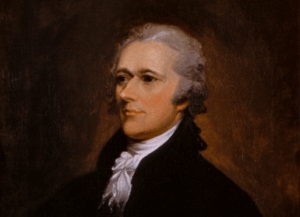


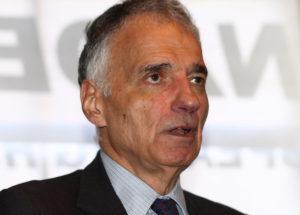
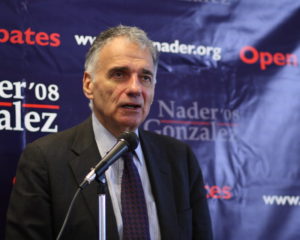
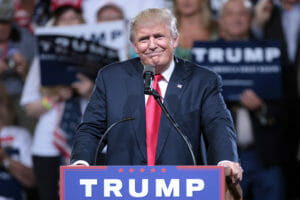
You need to be a supporter to comment.
There are currently no responses to this article.
Be the first to respond.